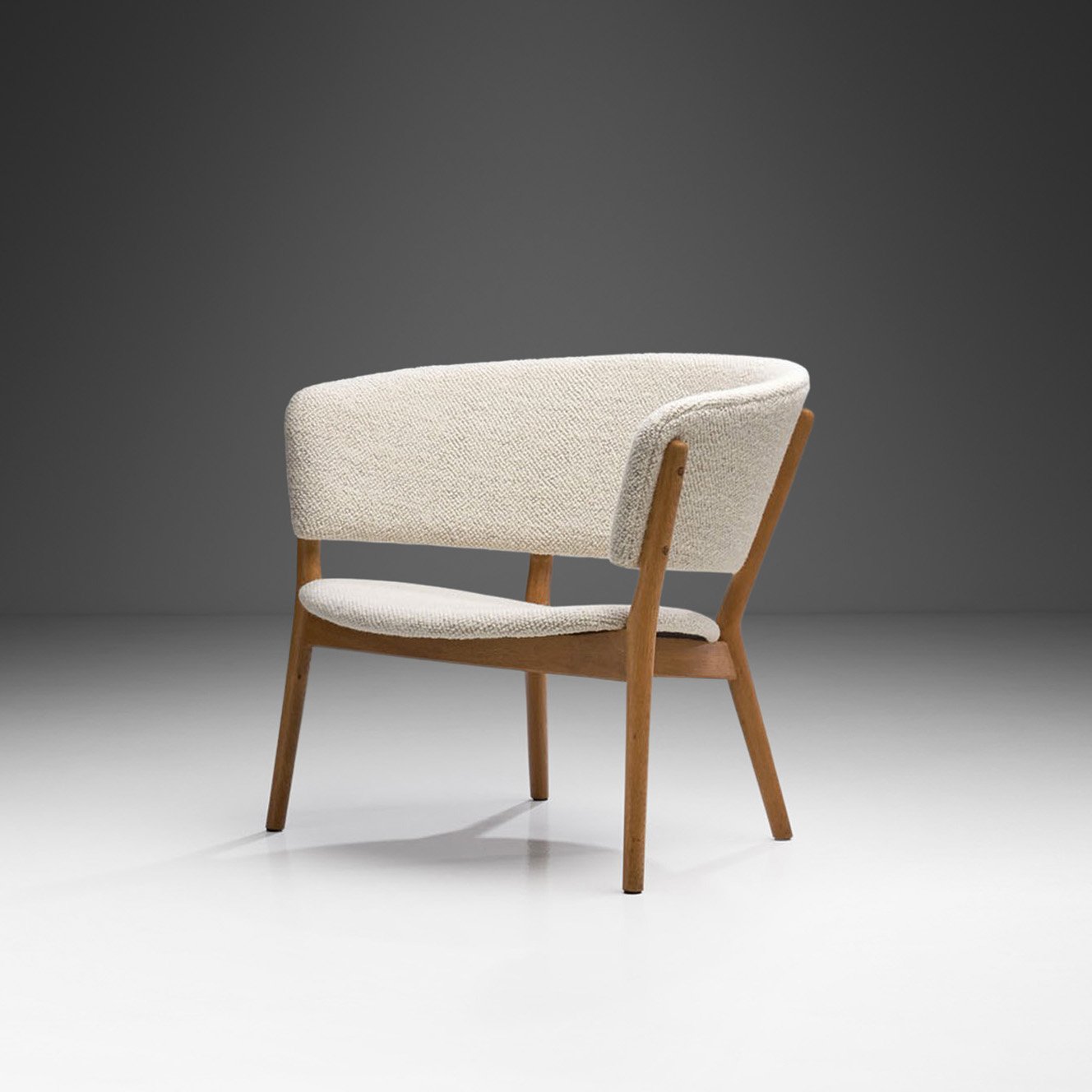Nanna Ditzel
Born in Copenhagen on the 6th of October in 1923, Nanna Ditzel studied under the influential furniture designer Kaare Klint. During her studies, she held an apprenticeship as a cabinetmaker before graduating from the Academy of Arts and Crafts in Copenhagen in 1946. The same year she married the architect Jorgen Ditzel, and together they established the Interspace design studio. Their collaboration earned them several prizes in international design competitions.
Following her husband’s death in 1961, Ditzel's furniture took on a more experimental edge, exploring the potential of foam and fibreglass, materials with which a number of avant-garde designers such as Verner Panton were working at the time. In 1968, Nanna Ditzel married the German-born businessman Kurt Heide, and moved to London for almost twenty years, and during this period she designed for a range of Danish and British companies. After her second husband’s death in 1985, she started her own design studio in Copenhagen. She began to work on her own, developing her now trademark split-level floor seating and low cushions.
In the field of furniture design Nanna Ditzel quickly attracted critical attention. In Copenhagen, she began working for Fredericia, a leading Danish manufacturer with a reputation for high- quality furniture. This relationship denoted yet another fresh direction in her career: her Bench for Two (1989) and dramatic red and black plywood Butterfly chair (1990) marked a shift in the Fredericia company's profile, further embracing the avant-garde. Soon, Ditzel's Trinidad chair, Tobago table (both designed in 1993), and Tempo chair (1998) followed. Nanna Ditzel worked in materials ranging from fibreglass to foam rubber to make tables, chairs and sofas for homes and offices. She primarily worked in furniture, but also designed textiles and jewellery, including silver designs for the Danish jeweller Georg Jensen.
She received several awards during her long and distinguished career, including the Lunning Prize in 1956, silver medals at the Milan Triennale of 1951, 1954 and 1957, followed by a golden one in 1960, and the ID Prize for her Trinidad chair in 1995. Furthermore, her work has been displayed at art centres around the world, including New York, London, Madrid and Milan. In 1996, she was elected honourable Royal Designer in London and awarded a lifelong Artist's Grant by the Danish Ministry of Culture two years later. A film was made about her life and work in 1991.
Over the many decades of her career, Nanna Ditzel became one of the few Danish women designers to achieve a celebrity-like status. Her name equalled to a prestigious brand characterized by quality, distinctive sleek design and skill, leading 20th century Danish design. She is recognised worldwide for her stylish designs, for which functionality was always a driving force. During her career that spanned 60 years, her furniture, textiles and jewellery were to be found in all major European cities as well as in North America. She remained active as a designer until her death in 2005. She remains as one of Denmark's most acclaimed designers. ~H.







